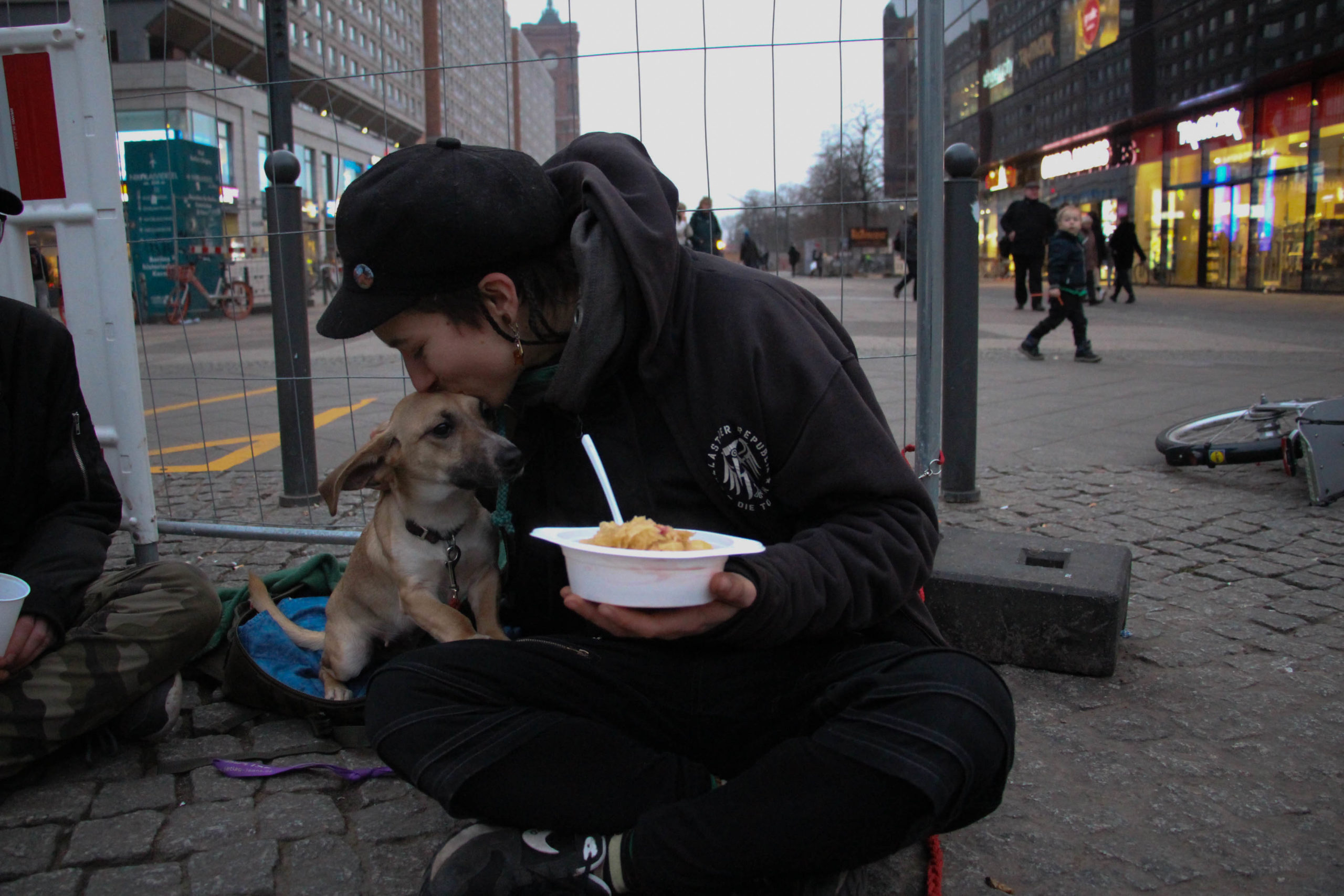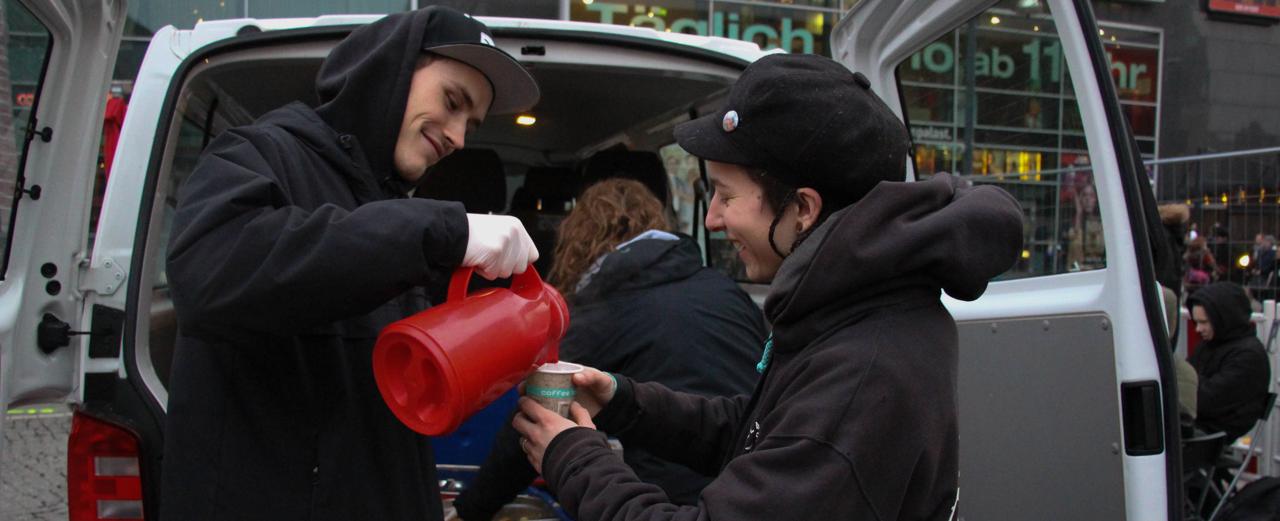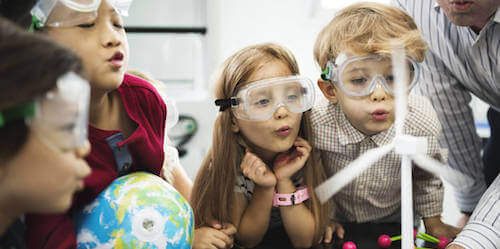 Together we will help children and young people to get off the street
Together we will help children and young people to get off the street
Support for homeless young people
Since childhood Miriam has been suffering under her violent father. At some point she could stand it no longer and escaped onto the streets in Berlin. At a food counter, she got to know the team of Straßenkinder e.V. Miriam was lonely, insecure and helpless. But bit by bit she found her way into a stable life. She finished school and trained as a nursery school teacher. Kids like Miriam come to the centre or to the food counter of the association on a daily basis. They are looking for help and for someone to talk to about their problems as well as what they have been through in their lives in the past weeks and months. Listening and taking time is one of the most important tasks of the team which is on the ground and out on the streets of Berlin every day.
Necessity
Basic services for street youth in Germany.
Activity
A minimum of 2 meals per week at Alexanderplatz in Berlin for young people living on the streets.
Countable effort
Number of meals provided for street children in Berlin.
Result
Basic services are provided, the general state of health improves and the youth rebuild trust in their fellow human beings.
Systemic effect
In Germany, fewer children live on the streets; former street youth have better prospects for the future and more opportunities to participate in society.
Background
According to current studies, it’s estimated that there are over 6,500 street youth in Germany, mostly aged between 14 and 18 years (Beierle and Hoch, 2017). If we include all homeless young people up to the age of 26, we are talking about 37,000 across Germany (Neue Caritas, 2018). A Vodafone study puts the number of minors who are no longer covered by youth welfare services, and thus have poor prospects for an independent life, at around 21,000. No street youth chooses such a life voluntarily but they prefer this life to a “home” characterised by violence, abuse and neglect. Street youth in Berlin come from all social classes and from all over Germany. Due to their previous experiences and psychological trauma, many have developed a high degree of distrust towards other people. This distrust serves as a survival mechanism and as a means of self-protection. A youth who has lived on the streets for a while has to go through a complex inner process until they regain trust in other people. Therefore, the relationship-building (listening, just being there, basic provision of food, clothing and shower facilities) forms the basis for any further help and planning for the future.
The good deed
With today's good deed you will secure the basic care of a street youth in Berlin. The aim of the work of the team of Straßenkinder e.V. is to guide street youth to becoming reintegrated into society through various activities and support. They are supported until their living conditions have stabilised and new relationships have developed. For many, it is the food counters in particular that are the starting point for new trust. Here street youth can take advantage of support and further assistance. In the long term, your donation will help children to find their way back into a more structured, self-determined life.

AboutGermany
Berlin
Capital
83.132.800
Number of inhabitants
46.946 $
Gross domestic product per capita per year
Placed 4th out of 189
Human Development Index
There are over 6,500 street youth (14 to 18 years of age) in Germany. The number of homeless young people up to the age of 27 is around 37,000 throughout Germany, with around 1,500 in Berlin alone.
About the organization and further information
Association
Straßenkinder e.V.


Further information and source
- Beierle S. und Hoch C., 2017. Straßenjugendliche in Deutschland – eine Erhebung zum Ausmaß des Phänomens, Himmer GmbH Druckerei und Verlag, Augsburg.
- Gerstberger B., 2011. Straßenkinder in Deutschland: Wo sie herkommen, wie sie leben, Brigitte, G+J Medien GmbH, Hamburg.
- Mögling T. et al., 2015. Entkoppelt vom System, Vodafone Stiftung Deutschland, Düsseldorf.
- Neue Caritas, 17.01.2018. 37.000 junge Menschen ohne Zuhause, Freiburg.




